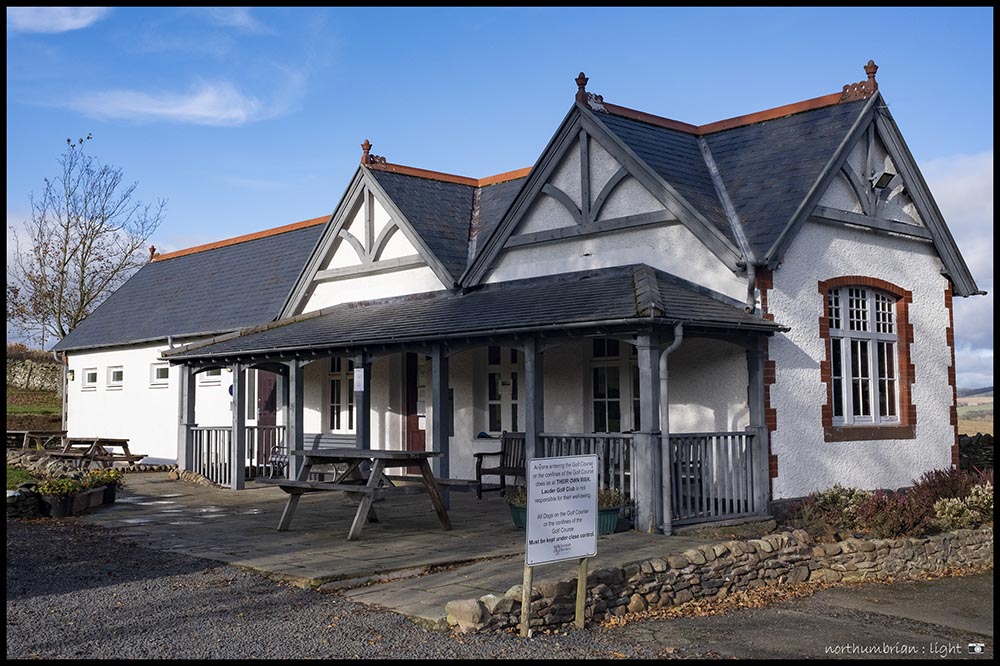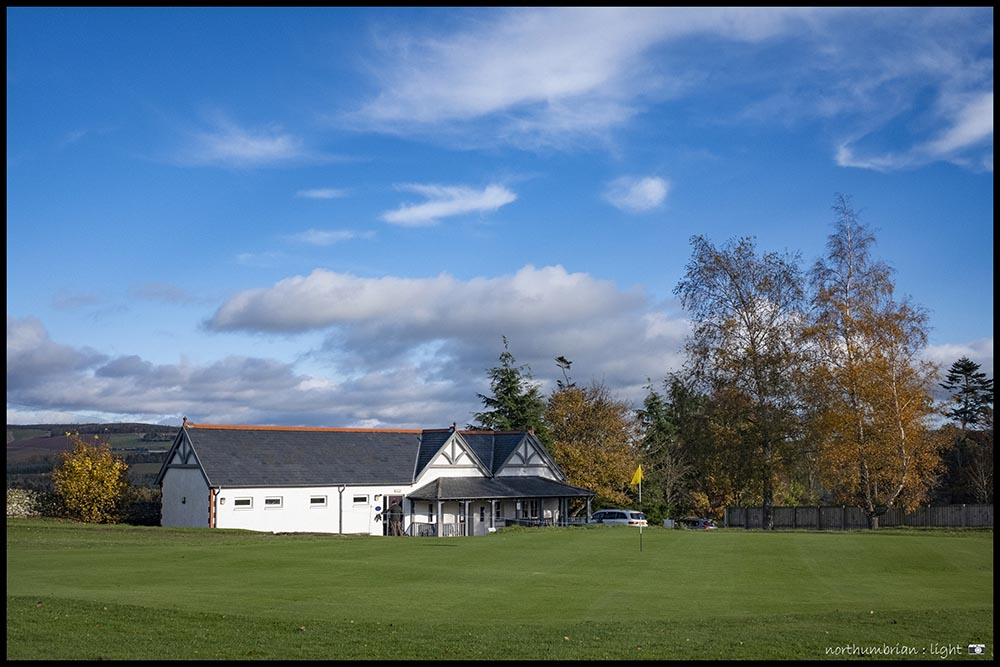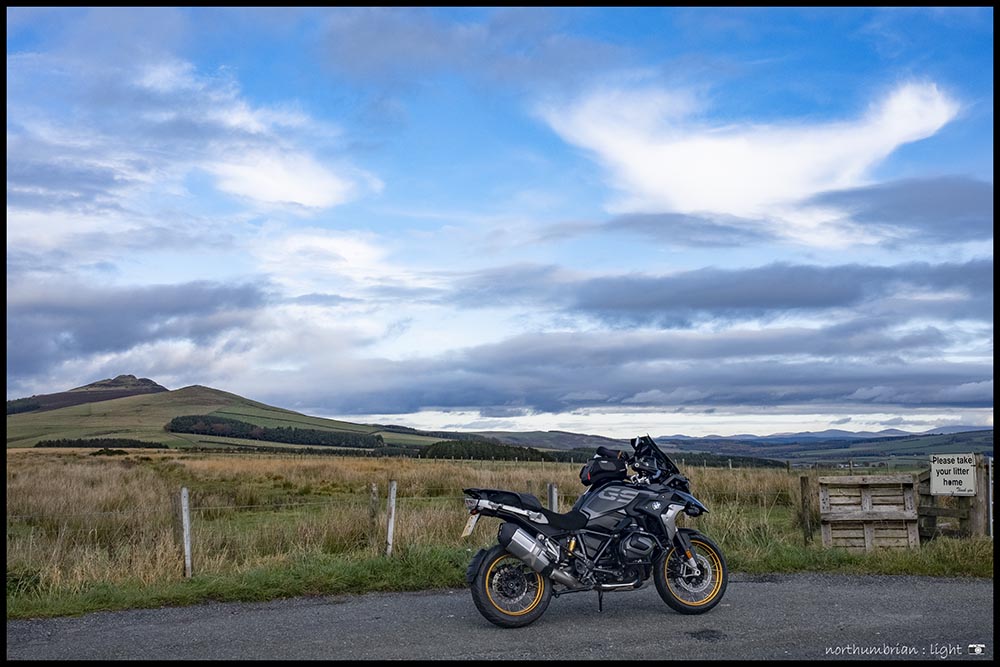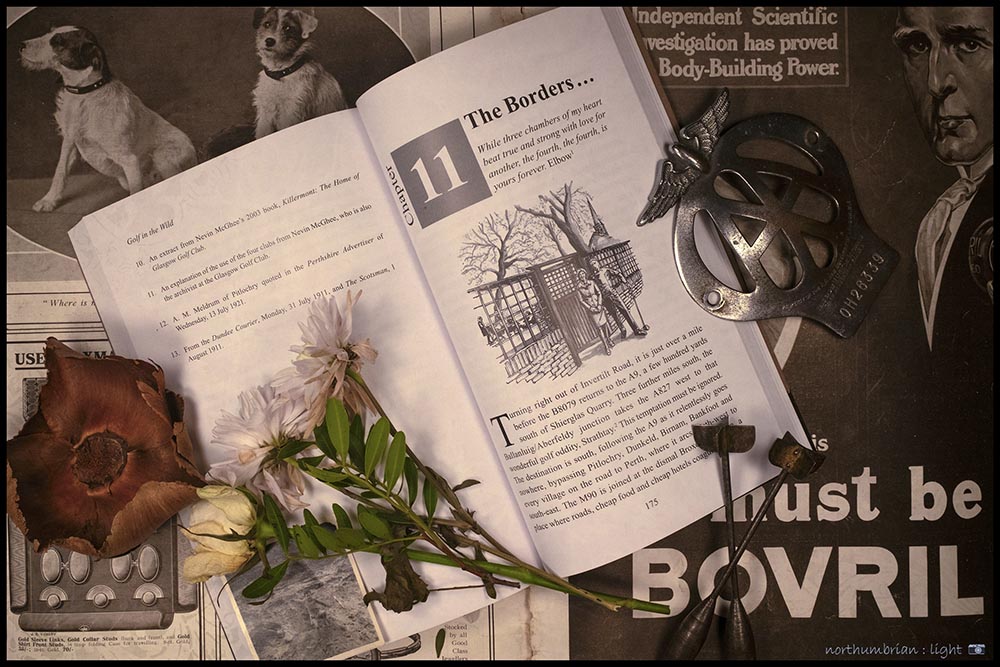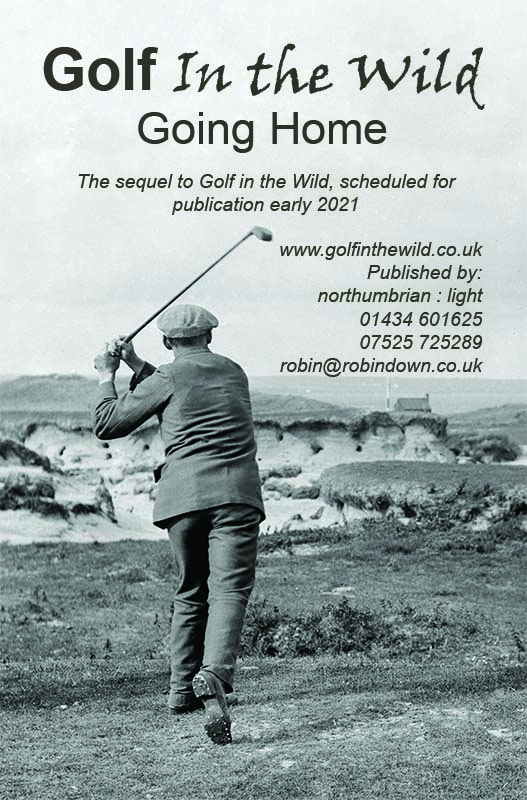The section on Lauder Golf Club in Golf in the Wild – Going Home, was written under lockdown and based on memory; from a time when business meetings in Edinburgh gave rise to drives up the A68, a hasty rush through the agenda and, with luck, time to call in at Lauder Golf Club on the return leg. Surreptitious rounds, sneaked in during company time, were the sweetest of forbidden fruit.
With the aid of Google Earth, I resurrected the shape of the golfing landscape on Chester Hill, but certain features remained elusive, not least the clubhouse – how closely did it resemble the building opened on 20 July 1911 by Mrs Rankin of Allanbank. The original intention had been that Lady Lauderdale would be the guest of honour and declare the opening, but in a letter to the club secretary, she regretted her inability to attend due to the damp day and my not feeling very well. She continued in the manner of Violet Crawly, Dowager Countess of Grantham: I much hope that the clubhouse will be a great comfort to the community at large, and that it will be the means of bringing many visitors to enjoy the beautiful air and restful quiet of our pretty town and neighbourhood. I may be ambitious, but I hope in time to see a flourishing hydropathic, for I am sure that Lauder is an ideal place for invalids. Wishing you all success this afternoon.
The description of the building in the Berwickshire News & General Advertiser of 1911 seemed consistent with a hazy memory: The pavilion, a handsome erection, is quite an ornament to the course and will provide a great boon to all who are likely to use it. It comprises two spacious rooms (under twin elevations) … and there is a covered verandah running the whole length of the building. In early November, with the opportunities for two-wheeled excitement and golfing adventures diminishing, this demanded a ride north to investigate.
There are two approaches to the course – signposted from the south it takes you through a too-uniform, modern housing estate or, carry on a little further and turn left into Mill Wynd at the cruciform church with its 1830 watchhouse, built to guard against bodysnatchers. This ‘invalid’ delights in the macabre, so I always choose the latter. The entrance to the course is a just over a half mile up Chester Hill, with its surprisingly large car park, perhaps a legacy of the occupation by a Polish tank regiment during the Second World War. The course was closed and occupied for the duration of hostilities, but it was a further sixteen years beyond the end of the war before golf was played again on Chester Hill.
The original twin elevations and veranda have survived fully intact, while the extension is in keeping with the original design, but for the squinting changing room windows. It is a fine building, entirely consistent with the scale of the golf course and its surroundings. The white clubhouse glowed under a low autumnal sun and I regretted the two-wheeled transport which did not allow the carriage of clubs – the view of the last, a glorious downhill drive was the source of my anguish.
Instead, I once again pondered the unlikely similarities of experience between the two tribes – those clad in leather and those in checked pants. On the ride home, it became all too apparent – we do not like riding/driving into a low sun. Deep shadows hide obstacles – bunkers/potholes; bright light in the eyes plays havoc with distance estimation whether braking or pitching into a green. Facing a low sun diminishes the experience for us all – the joy of intimate exposure to the landscape we are playing in or riding through.
The full story of Lauder and its golf course is told in Golf in the Wild – Going Home
